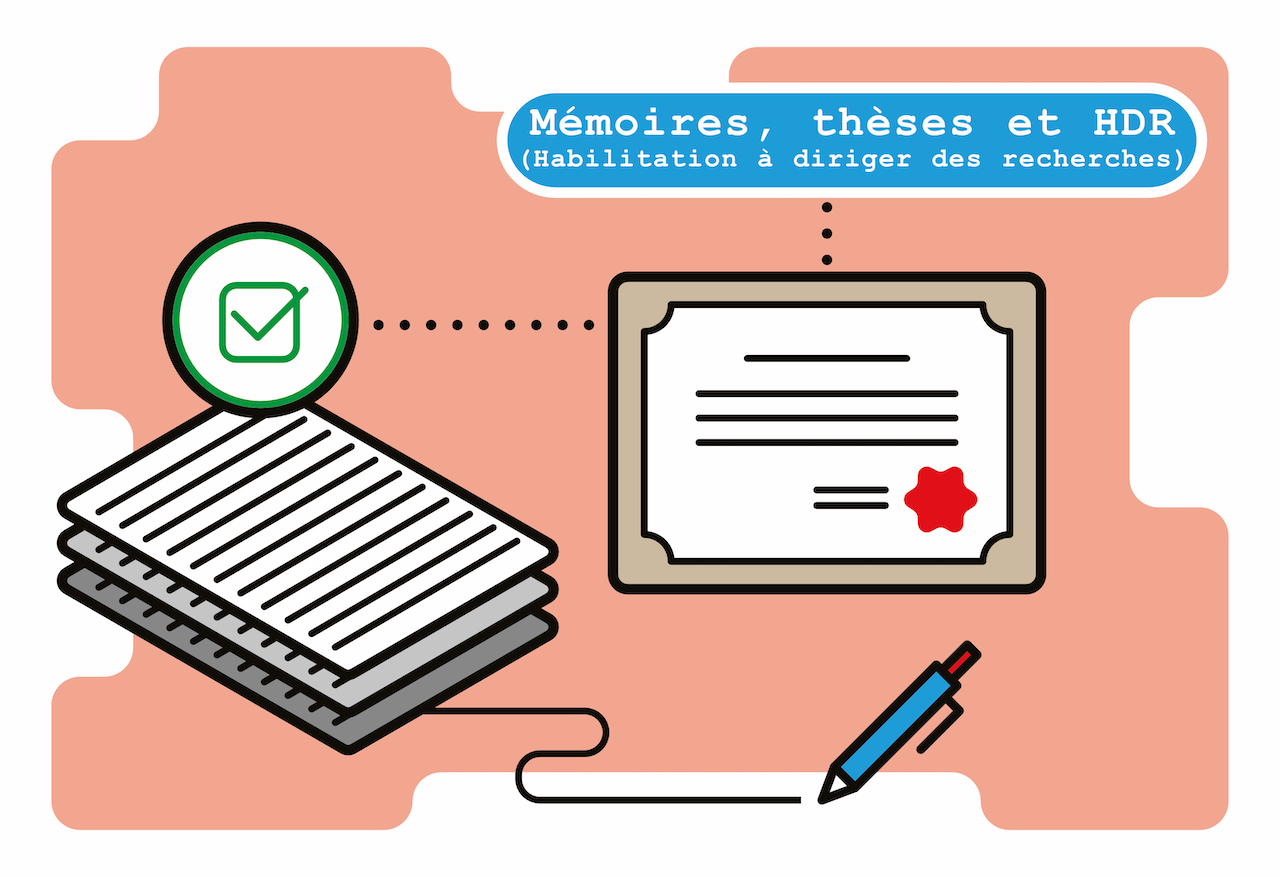Environmental change and human interaction in the western Mediterranean over the long term: a comparative study from Sardinia
Fiche du document
10 mars 2025
- ISIDORE Id: 10670/1.de6a3f...
Attribution 4.0 International (CC BY 4.0) , https://creativecommons.org/licenses/by/4.0/
Mots-clés
Environmental change Geoarchaeology Holocene Human impact Palaeoclimate west MediterraneanSujets proches
Soil Mould, Vegetable Vegetable mold Earth (Soils) Mold, VegetableCiter ce document
Gian Battista Marras, « Environmental change and human interaction in the western Mediterranean over the long term: a comparative study from Sardinia », Apollo - Entrepôt de l'université de Cambridge, ID : 10670/1.de6a3f...
Métriques
Partage / Export
Résumé
Over the last 11,700 years of the Holocene, the Mediterranean climate has undergone long-term changes in rainfall and temperature patterns, punctuated by short-term excursions. These climatic shifts, combined with the expanding impact of agropastoral societies, have driven significant paleoenvironmental changes, shaping Mediterranean landscapes over millennia. However, there are increasing indications that conditions were not homogeneous at any one time across the Mediterranean basin, both in terms of the impact of, and societal responses to, past climate change. This research directly addresses the long-term interplay between societies and their environments at times of critical climate changes in the western Mediterranean basin through a multi-proxy geoarchaeological approach using the island of Sardinia as a comparative case study. This research targets critical periods of the Holocene within three diverse environmental settings as case studies, using micromorphological and geochemical data from off-site sediment cores, as independent indicators of palaeoclimate conditions, and geomorphological and pedological data at a microscopic and outcrop scale from on-site archaeological sites, as direct indicators of local human-induced environmental changes. Micromorphological evidence of buried soil horizons formed during warm, humid phases, followed by alluvial activity and the geochemical analysis and elemental ratios of off-site sediment cores indicate pronounced Middle Holocene palaeoclimate variability in Sardinia, with alternating short-term shifts in atmospheric moisture. These results suggest that regional fire incidence during wet periods was likely driven by Early Neolithic human activity around 7,500 BP. The micromorphological analysis and the radiocarbon-dating of on-site buried soils and slope deposits from upland environments found that the Late Neolithic period (ca. 6,000-5,500 BP) corresponded with a marked phase of anthropogenic soil loss at times of regional environmental changes, followed by intense Copper Age (ca. 4,800 BP) agriculture on incipient soils. The micromorphological, geochemical, and mineralogical analysis of the on-site soils related to a Bronze Age monumental landscape observed a palaeo-soil catena, indicating that the emergence of the Nuragic monuments on basaltic landscapes was promoted by grassland soils, and in turn, Bronze Age land use caused the denudation and abandonment of these environments. The results of this thesis demonstrate the potential of a multi-proxy geoarchaeological approach in exploring past human-environmental interactions and climate change and provide a framework for future research on the palaeoenvironment and past human agency in the Mediterranean.
